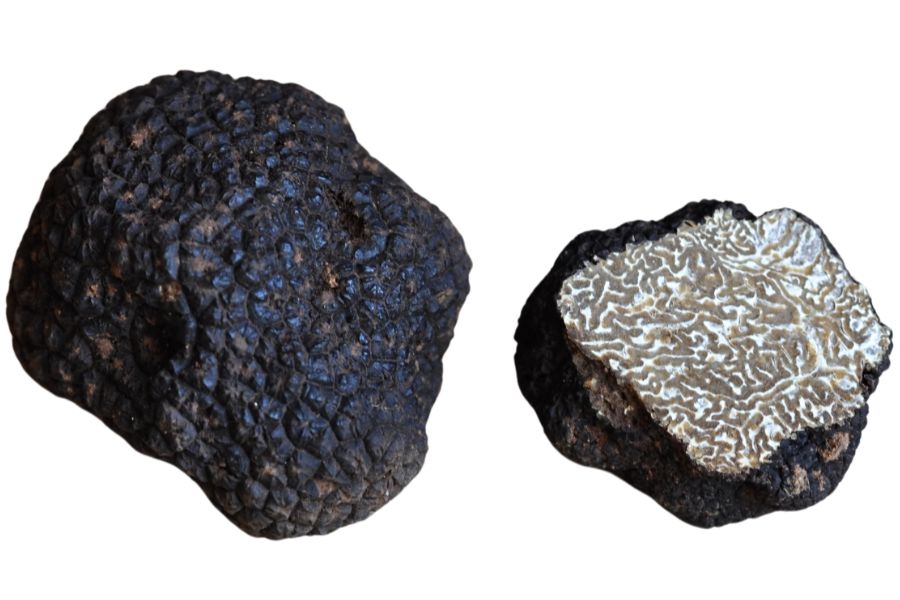Are you curious about finding truffles in Utah? These valuable fungi grow in our state’s unique landscapes. They hide underground, making them a fun challenge to discover.
Utah offers good conditions for certain types of truffles. Our mountains and forests create the perfect home for these tasty treasures. The soil and tree types in some areas help truffles thrive.
Finding truffles takes some know-how and patience. You might need a trained dog to help sniff them out. Many people enjoy the hunt as much as the reward.
From dry juniper groves to damp mountain woods, Utah’s landscape hides far more than it reveals. If you know where to look, the reward might not just be truffles, but a whole variety of mushrooms you didn’t expect.
What We Cover In This Article:
- What Wild Truffles Look Like
- Truffle Lookalikes To Avoid
- Best Practices For Finding Truffles
- Where You Can Find Truffles Around The State
- Other Great Locations For Truffles
- When The Best Time Of The Year Is To Find Truffles
- The extensive local experience and understanding of our team
- Input from multiple local foragers and foraging groups
- The accessibility of the various locations
- Safety and potential hazards when collecting
- Private and public locations
- A desire to include locations for both experienced foragers and those who are just starting out
Using these weights we think we’ve put together the best list out there for just about any forager to be successful!
A Quick Reminder
Before we get into the specifics about where and how to find these plants and mushrooms, we want to be clear that before ingesting any wild plant or mushroom, it should be identified with 100% certainty as edible by someone qualified and experienced in mushroom and plant identification, such as a professional mycologist or an expert forager. Misidentification can lead to serious illness or death.
All plants and mushrooms have the potential to cause severe adverse reactions in certain individuals, even death. If you are consuming wild foragables, it is crucial to cook them thoroughly and properly and only eat a small portion to test for personal tolerance. Some people may have allergies or sensitivities to specific mushrooms and plants, even if they are considered safe for others.
The information provided in this article is for general informational and educational purposes only. Foraging involves inherent risks.
What Wild Truffles Look Like
The U.S. is home to several native truffle species that grow wild in forests across the country. Each one has its own unique scent, appearance, and preferred habitat. Here are the types of truffles you can find:
Oregon Black Truffles (Leucangium carthusianum)
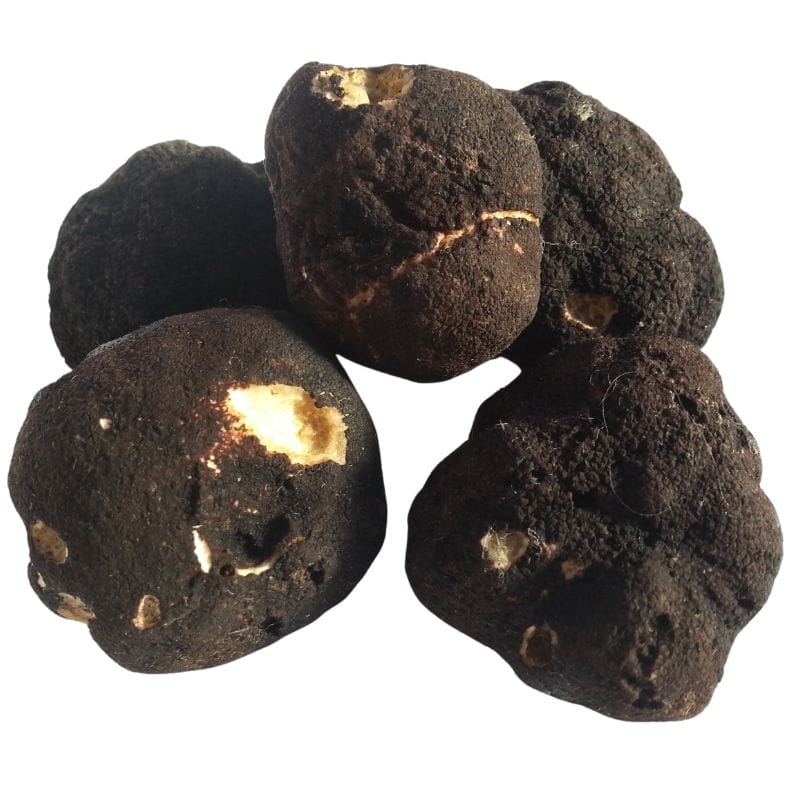
Leucangium carthusianum, also called the Oregon black truffle, grows in the Pacific Northwest and usually shows up around Douglas-fir trees. It’s a native species and one of the more well-known edible truffles from the region.
On the outside, it looks like a small lump of coal—dark black, kind of lumpy or warty, and sometimes slightly smoother in spots. They’re usually about the size of a golf ball, but they can be smaller or larger depending on the season.
Inside, the truffle is firm with a marbled pattern of gray and white veins running through it. When it’s fresh, it smells fruity, almost like pineapple, but the scent gets stronger and muskier as it ripens.
If you’re out looking for them, check in moist, shady forests with soft, loamy soil, especially where there’s a lot of moss or ferns. They grow just below the surface, so people often use trained dogs to help sniff out the ripe ones.
Compared to the Oregon white truffle, which is lighter in color and has a sharper, garlicky aroma, the black truffle has a deeper, more earthy smell. It’s also bigger and firmer than the southern U.S. truffles like Tuber lyonii, which tend to be smaller, paler, and grow around hardwoods like oaks and hickories.
Oregon Winter White Truffles (Tuber oregonense and Tuber gibbosum)
Oregon has two native white truffles that are starting to get more attention: the Oregon Winter White Truffle (Tuber oregonense) and the Oregon Spring White Truffle (Tuber gibbosum). They grow underground in forests and are prized for their strong, savory aroma.
From the outside, these truffles are small, roundish, and kind of bumpy, usually pale beige to light brown. Cut one open, and you’ll see a white interior that darkens with age, showing off a web of white veins when it’s fully mature.
The Winter White Truffle pops up from late fall into February, while the Spring White starts showing up around January and can last into June. They’re pretty similar, but the Winter variety is known for having a more powerful scent and flavor.
To find them, you’ll want to look in forests with younger Douglas-fir trees on the west side of the Cascades. Truffle hunters often check for loose soil or spots where animals have been scratching, which can be a sign there’s something below.
When fully ripe, both types give off a bold smell that’s often compared to garlic, cheese, or earthy spices. They’re usually served raw, shaved over dishes to add that truffle kick without losing any of the aroma.
Appalachian Truffle (Tuber canaliculatum)
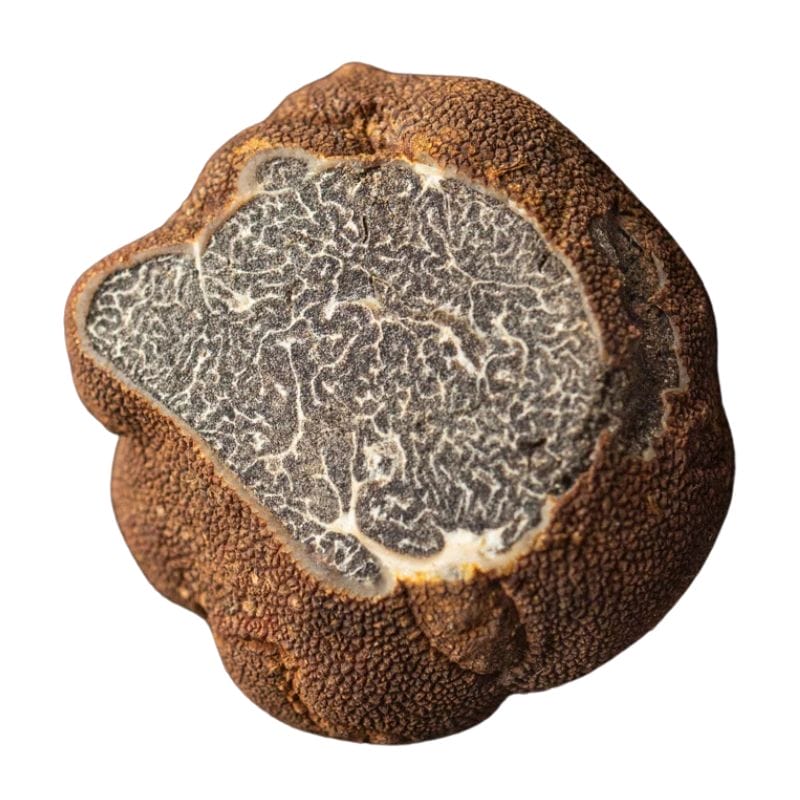
The Appalachian truffle, also known as Tuber canaliculatum, is a native North American truffle that’s slowly getting noticed. It’s about the size of a walnut and has a reddish-brown, bumpy outer surface that looks kind of like a rough, warty potato.
When you cut it open, the inside is firm and dark brown with thin white veins running through it like a marbled pattern. If it’s fully ripe, the smell is strong and earthy—some say it has a kind of nutty, funky aroma that stands out.
You can find these truffles in mixed hardwood forests, especially around oaks and pines, from late summer through fall. They grow underground, so look for spots where the soil is loose and animals like squirrels have been digging—sometimes that’s a good clue.
If you’re foraging, gently raking the top layer of soil near tree roots can help, but a trained dog or even a good nose makes it way easier. Once you know what to look for, the reddish color and bumpy skin are good signs you’ve found the right thing.
Compared to truffles like Tuber oregonense or Leucangium carthusianum, Tuber canaliculatum is more subtle in every way. Its smaller size and lighter scent mean you have to pay closer attention when foraging.
It’s also not as popular in the culinary world because it doesn’t pack the same punch in terms of flavor or aroma. Still, finding one can be rewarding, especially if you’re exploring different types of fungi in the area.
Desert Truffle (Terfezia and Tirmania spp.)
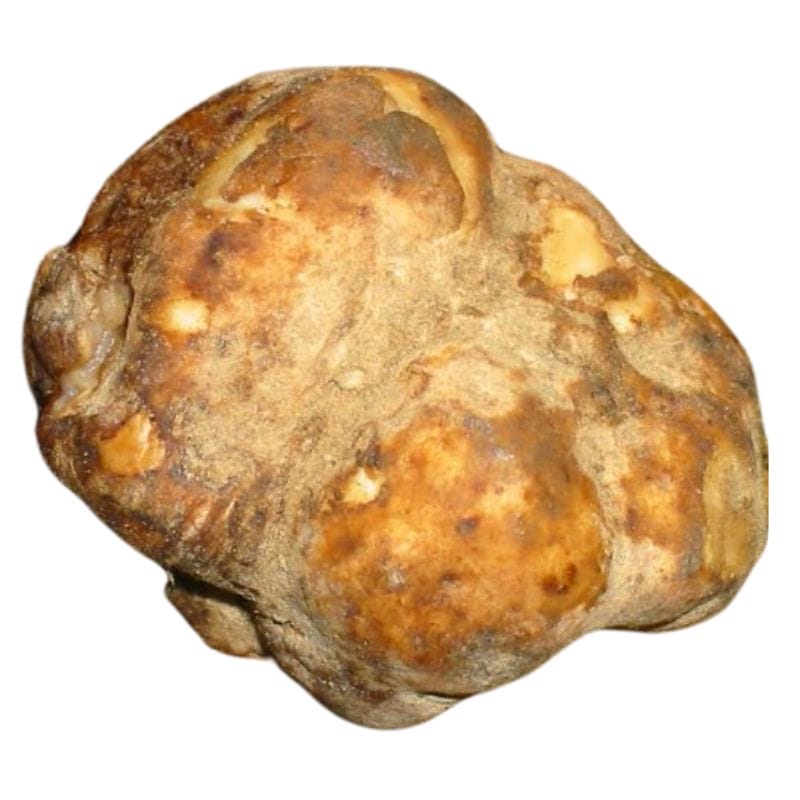
Terfezia and Tirmania are two types of truffles that are sometimes called desert truffles. These are a bit different from the truffles we usually think of, with their bold flavors and rich aromas.
These ones are a little more understated, but they’re fascinating in their own right. What makes them stand out is their ability to thrive in dry, harsh environments where you wouldn’t expect something so delicate to grow.
Unlike the earthy, intense aroma of black or white truffles, Terfezia and Tirmania truffles have a milder scent and flavor. They’re often described as nutty, with a hint of sweetness, but they lack the strong garlicky or musky notes you might associate with other truffles.
Their texture is also different—more firm and less oily than what you’d find with species like Tuber oregonense. They might not have the same culinary punch, but they’re still prized in traditional dishes, where their subtle flavors shine in simpler recipes.
When it comes to appearance, they’re easy to spot once you know what you’re looking for. They’re round to slightly irregular in shape, and their color can range from light beige to a reddish-brown, depending on the species.
The surface is usually smooth or slightly textured, without the rough, knobby look of a black truffle. Cut one open, and you’ll see a pale interior that’s often uniform in color, lacking the intricate veining you’d see in something like Leucangium carthusianum.
Pecan Truffle (Tuber lyonii)
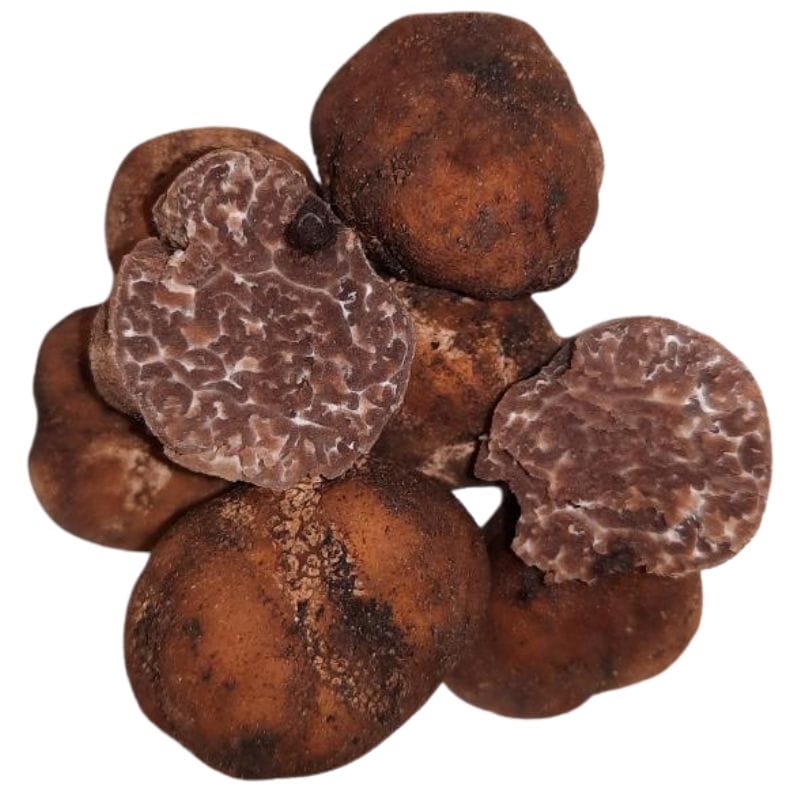
Tuber lyonii, also known as the pecan truffle, is a native North American truffle that grows underground near the roots of pecan trees. You’ll mostly find it in the southeastern U.S., especially in states like Texas, Georgia, and Mississippi.
On the outside, pecan truffles are round to lumpy and have a smooth, light brown skin that darkens as they age. They’re usually about the size of a marble or golf ball, and sometimes they even poke up slightly through the soil surface.
If you slice one open, the inside has a pretty marbled look—light tan streaks mixed with darker brown, almost like wood grain. The smell is earthy, nutty, and kind of warm, especially when they’re fully mature.
When you’re out looking for them, check under mature pecan trees or other hardwoods like oaks and hickories. Trained dogs can help sniff them out, but people sometimes spot them by looking for little cracks in the soil or raised areas near the tree’s base.
Compared to other U.S. truffles like the Oregon white truffle or the Appalachian black truffle, pecan truffles have a milder flavor and are more common in orchards. They’re a solid option in the kitchen—freshly sliced over pasta or mixed into butter—and they don’t come with the high price tag of their European cousins.
Truffle Lookalikes To Avoid
When you’re out hunting you also need to know about a few different fungi species that look very similar to the delicious truffles we’re after but are either inedible or not worth eating. Keep an eye out for:
Pine Truffles (Geopora cooperi)

Geopora cooperi is a fungus that can easily confuse someone new to truffle hunting. It’s sometimes called the pine truffle because it grows underground like a true truffle and often pops up near certain trees.
At first glance, it might seem like you’ve hit the jackpot, but this one is a false truffle, not something you’d want to eat or sell.
The easiest way to tell Geopora cooperi apart from real truffles is by looking closely at its structure. While true truffles have a smooth or slightly knobby exterior and a marbled interior, Geopora cooperi has a rougher, more irregular outer surface.
When it matures, it sometimes splits open, revealing a cup-like shape, which true truffles never do. Inside, it’s less dense and doesn’t have the intricate veining that makes real truffles so unique.
Another big difference is the smell. True truffles have a strong, rich aroma that’s earthy, sweet, or garlicky, depending on the species. Geopora cooperi, on the other hand, has a much weaker scent, and it’s not as pleasant or distinctive.
If you’re relying on aroma to identify your find, this one will give itself away pretty quickly. So, while it might look similar at first, a closer inspection will show it’s not the culinary treasure you’re hoping for.
Stinking Slime Truffle (Melanogaster ambiguus)
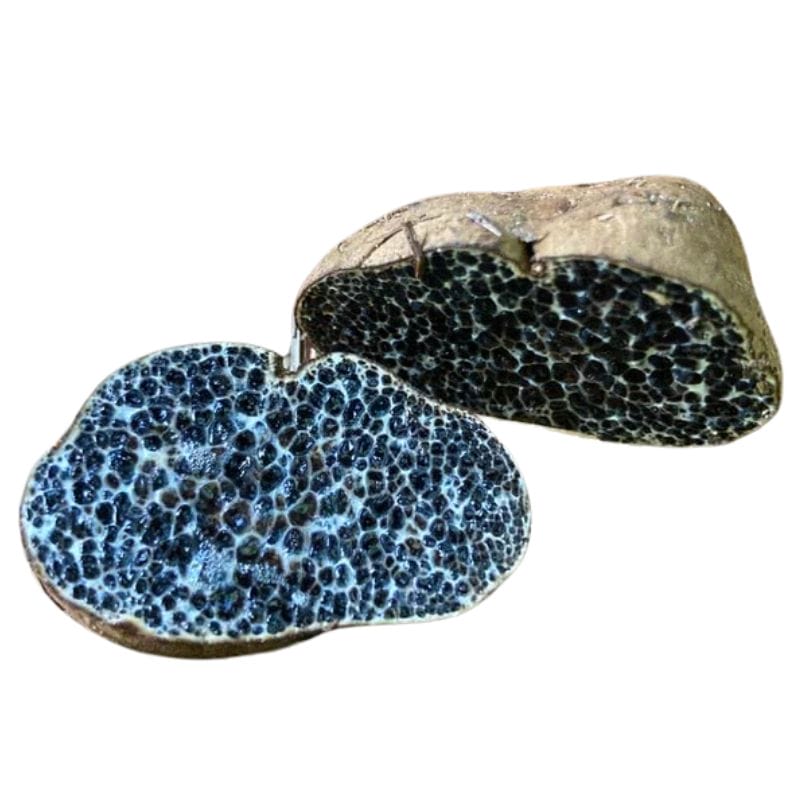
Melanogaster Ambiguus, because of their reddish-brown to dark brown exterior, might look like true truffles at first glance, but they’re quite different when you know what to look for.
The key difference is on the inside. When you cut open Melanogaster ambiguus, the interior is filled with flattened cells that have a shiny black gelatinous feel to them. Real truffles, on the other hand, have those beautiful marbled veins running through their flesh, almost like a web.
Another giveaway is the smell. While real truffles have a rich, earthy aroma that’s mouthwatering, Melanogaster ambiguus tends to have a much stronger, almost unpleasant odor—it’s not something you’d want to sprinkle on your pasta.
Earthballs (Scleroderma)
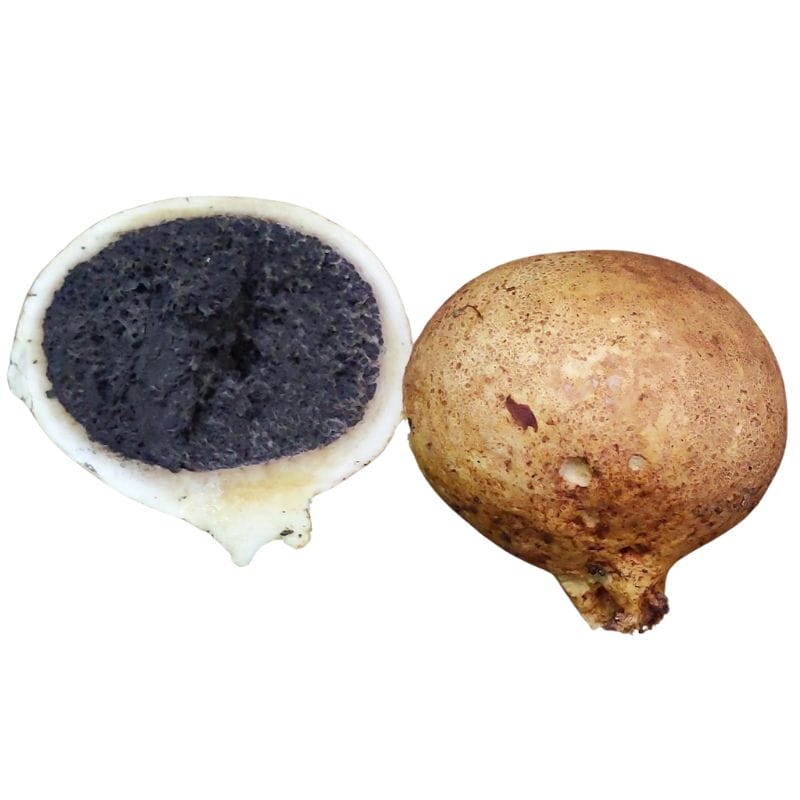
Scleroderma, commonly called earthballs, can easily fool someone who’s just starting out because they grow underground and have a round shape similar to truffles. But don’t be tricked—Scleroderma is not a true truffle, and it’s actually toxic, so it’s important to know how to tell the difference.
The first thing you’ll notice is the outer skin, which is thicker and tougher than that of most truffles. It can range in color from yellowish to dark brown, often with a rough or cracked texture.
If you cut it open, the difference becomes even clearer. While true truffles have a marbled interior with delicate white veins, Scleroderma starts out with a whitish inside that quickly darkens as it matures, turning black or purple with no marbling. It’s dense and solid, almost like charcoal in the later stages.
Another big giveaway is the smell. True truffles have a rich, earthy aroma that makes them so prized, while Scleroderma has little to no pleasant scent—some even describe it as musty or unpleasant.
Deer Truffles (Elaphomyces)
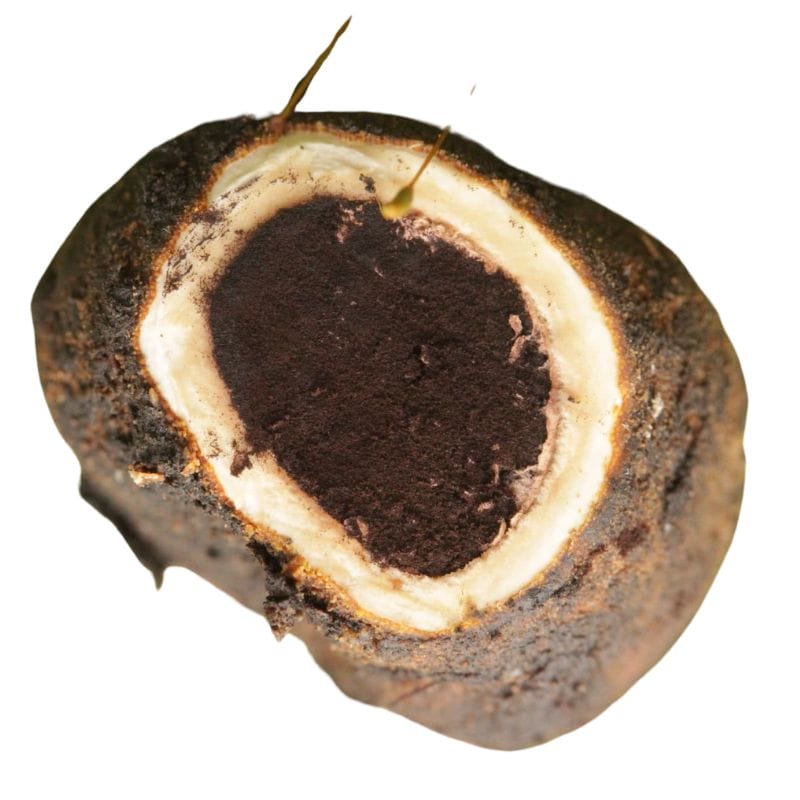
Elaphomyces, also known as deer truffles, look like true truffles at first glance, but they’re a whole different story. They’re called deer truffles because wildlife, especially deer and rodents, love to eat them. For us humans, though, they’re not edible—and definitely not what you want to mistake for a prized truffle.
Here’s how you can tell Elaphomyces apart from the real thing. First, they have a tough, warty outer surface that can range from pale tan to black, depending on the species and their age.
When you cut them open, the inside is solid and sometimes speckled or marbled, but not in the delicate, vein-like pattern you’d see in true truffles.
Their smell is also a big giveaway. Instead of the rich, earthy aroma of an edible truffle, Elaphomyces either has little scent or an odor that’s earthy but not particularly appealing.
Another thing to know is that Elaphomyces often grows deeper in the soil than true truffles, and they tend to have a harder, woodier texture.
Best Practices For Finding Truffles
Truffle hunting can be a rewarding adventure if you know the right tips and tricks. Here’s what you should keep in mind to improve your chances of finding these underground treasures:
Wait 10 to 14 Days After Heavy Rain
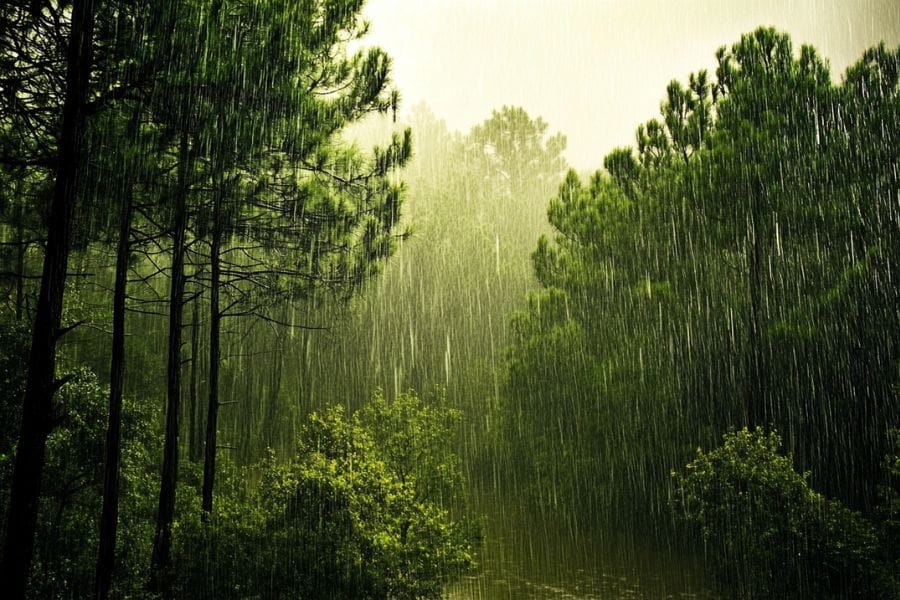
After a heavy rain, it’s best to wait about 10 to 14 days before heading out. This gives the truffles time to mature and release their signature aroma, making it easier for you (and your dog) to sniff them out. Rain helps truffles grow, but they don’t start giving off their scent right away.
As the soil warms up, the truffles get more aromatic, and the ground becomes looser, which makes digging easier without disturbing the environment too much. The timing is perfect to find truffles at their best—both in quality and in how easy they are to locate.
Find the Right Trees
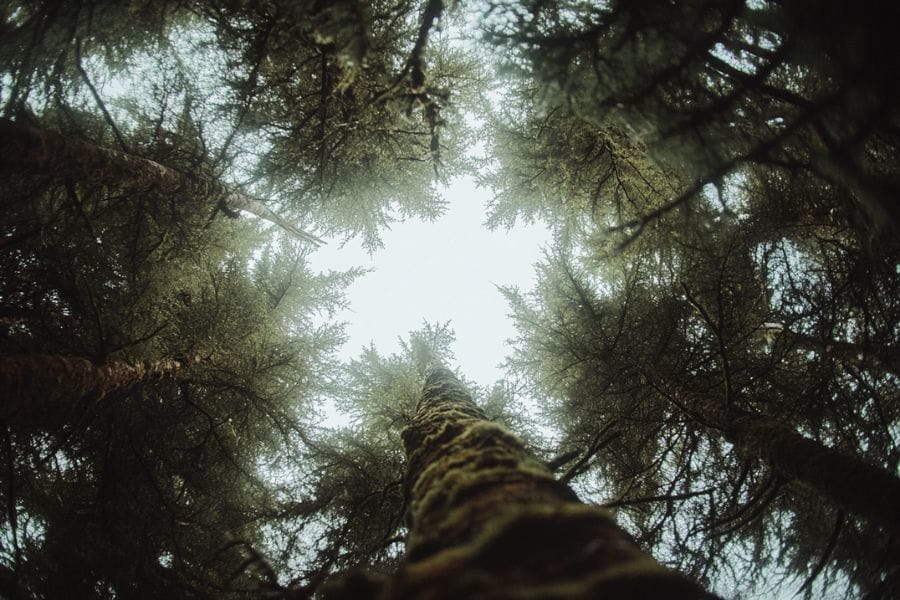
Truffles don’t grow just anywhere—they have a special relationship with certain trees. You won’t find them under just any tree, so knowing which ones to look for can make all the difference. Some of the best trees to look out for are:
- Pines
- Douglas-firs
- Oaks
- Hazelnuts
- Cypresses
- Willows
For example, if you’re looking for Oregon white truffles, keep an eye out for Douglas-fir trees. California black truffles, on the other hand, are often found near oaks and hazelnuts. The soil around these trees also needs to be slightly alkaline, so it helps to know what kind of ground you’re walking on as well.
Watch for Wildlife Activity
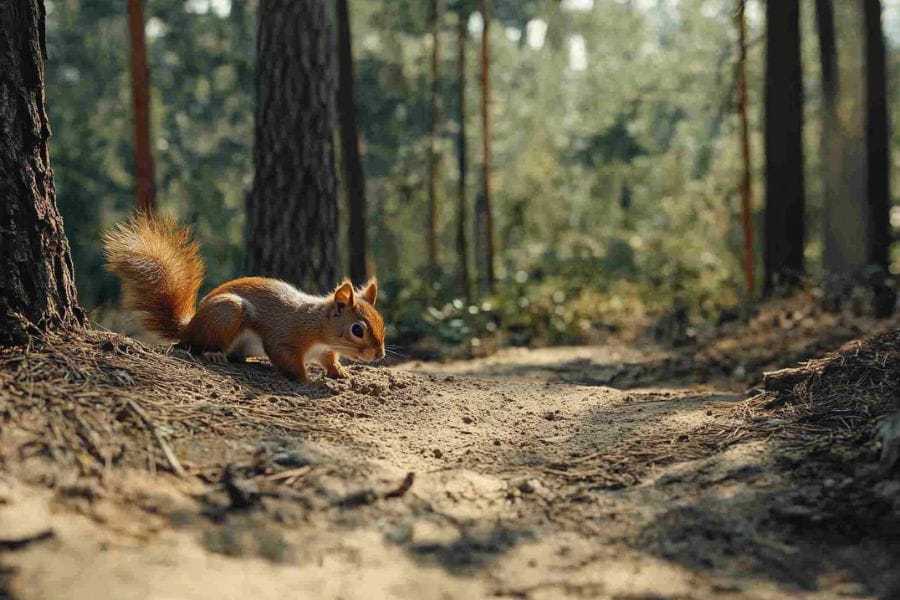
Animals like squirrels and chipmunks often help spread truffle spores, and sometimes their digging can lead you straight to truffles. While you won’t always find truffles in every pit animals dig (they also look for things like acorns or bulbs), fresh digs are a good clue. The more recent the pit, the better chance it has of leading to truffles.
Even though animals are a part of the truffle cycle, most hunters prefer using dogs to find the real treasure underground. Dogs have an incredible nose for truffles and can pinpoint their location much more reliably than any squirrel or chipmunk.
Get a Little Help from a Truffle-Hunting Dog
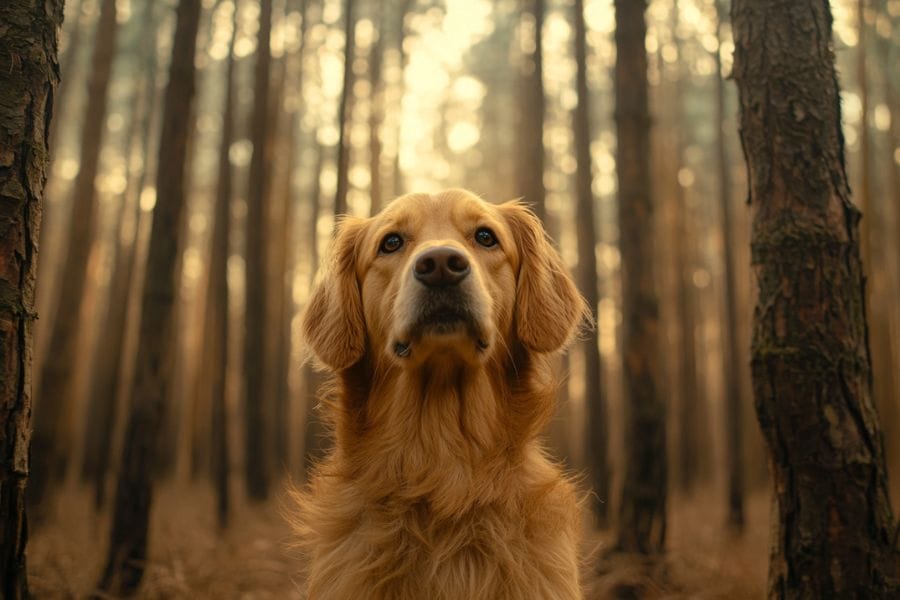
If you’re serious about truffle hunting, a trained dog can make your life a whole lot easier. Their sense of smell is extraordinary, and they’re trained to find mature truffles buried beneath the surface. Many truffle hunters swear by their dogs, and for good reason—they’re much more accurate than humans when it comes to sniffing out truffles.
If you don’t already have a trained dog, you can connect with local foraging groups or specialized trainers who offer truffle-hunting services. Some places even host events where you can see experienced handlers with their dogs in action. And if you’re feeling adventurous, you can train your own dog using truffle-scent kits and practice in a controlled space before hitting the woods.
Before you head out
Before embarking on any foraging activities, it is essential to understand and follow local laws and guidelines. Always confirm that you have permission to access any land and obtain permission from landowners if you are foraging on private property. Trespassing or foraging without permission is illegal and disrespectful.
For public lands, familiarize yourself with the foraging regulations, as some areas may restrict or prohibit the collection of mushrooms or other wild foods. These regulations and laws are frequently changing so always verify them before heading out to hunt. What we have listed below may be out of date and inaccurate as a result.
Where You Can Find Truffles Around The State
Now we’re going to go over five of the best locations for finding truffles. We’ll go a bit in-depth here and then provide a much longer list of other spots to try.
Uinta-Wasatch-Cache Forest
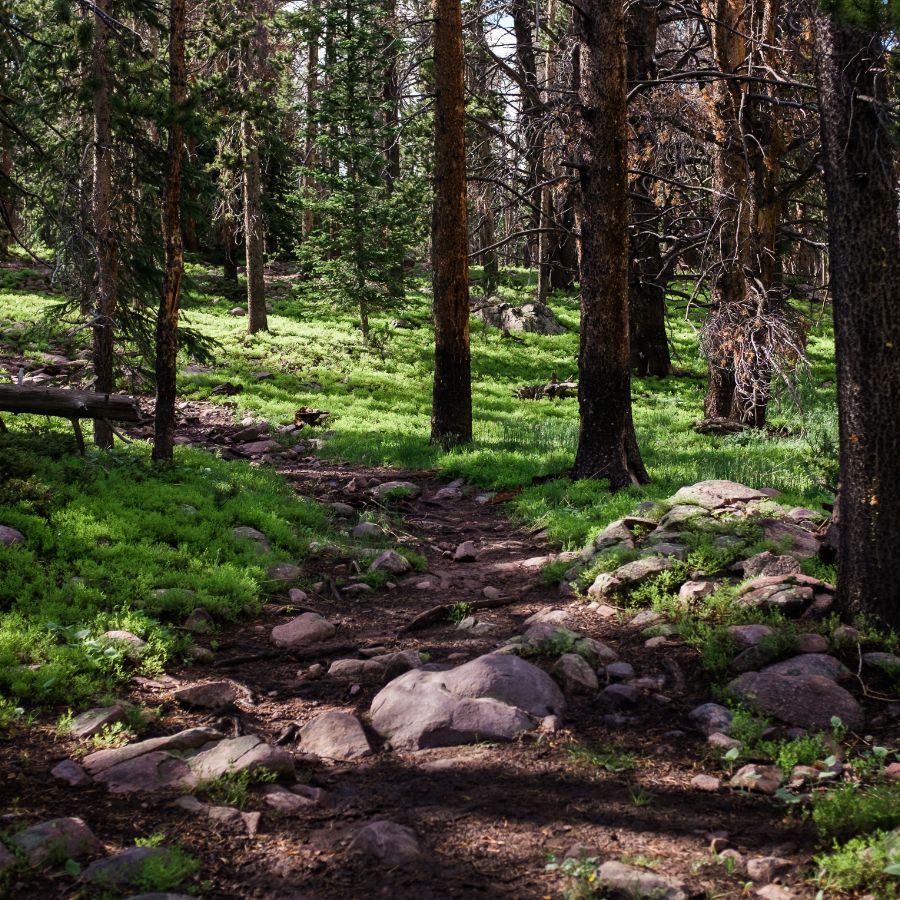
The Uinta-Wasatch-Cache Forest is a huge forest in northeastern Utah. It covers more than 2 million acres of land with many mountains and valleys. The forest has lots of pine and fir trees that make good homes for truffles.
The soil here is rich and full of nutrients that truffles love. Look for truffles near the roots of old Douglas fir trees. The eastern slopes are especially good places to search. Many people find success around the Mirror Lake Highway area.
Bring a small rake to gently move the top soil without hurting the fungi underneath. The Bear River area has shown good results for truffle hunters. The forest’s different elevations let you hunt in various spots depending on when you visit.
Ashley National Forest
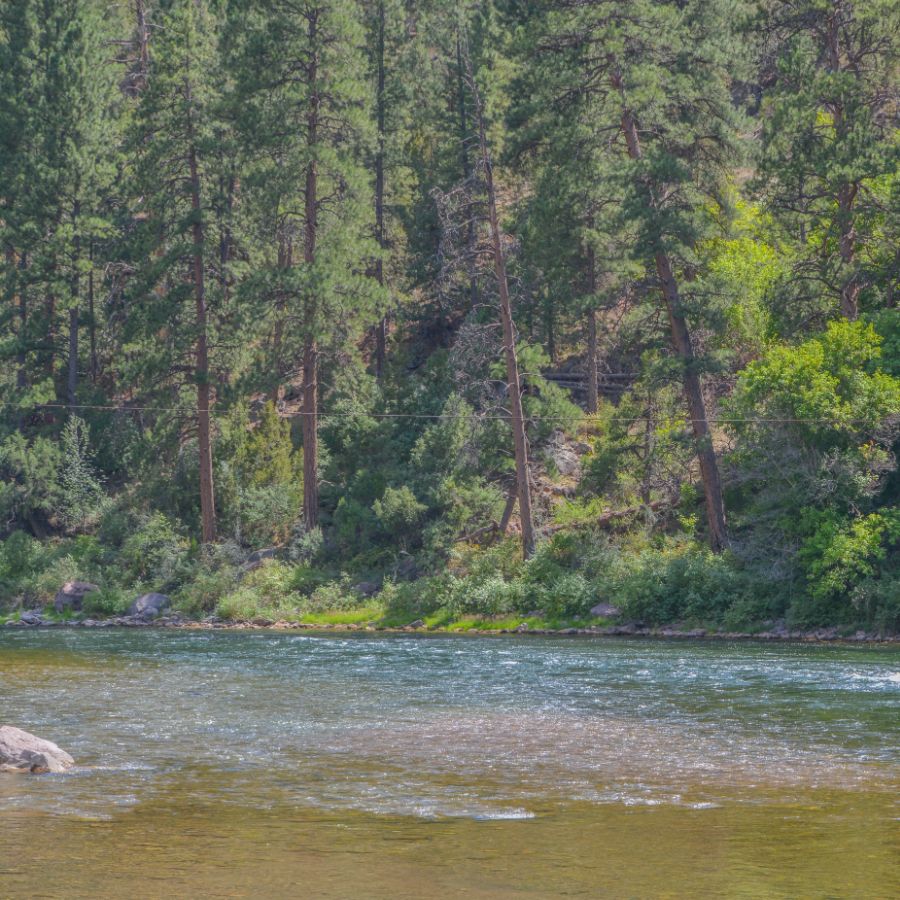
Ashley National Forest contains the beautiful Flaming Gorge in northeastern Utah. This forest has many aspen and pine trees growing together. These mixed tree stands create perfect spots for truffles to grow.
Focus your search on north-facing slopes where the ground stays cool and damp. The soil near Sheep Creek and Carter Creek often hides truffles beneath the surface. Look for places with a thick layer of pine needles on the ground.
These areas usually have the right moisture that truffles need. The forest is less crowded than other popular spots. This means you have a better chance of finding truffles that others haven’t discovered yet.
Manti-La Sal National Forest
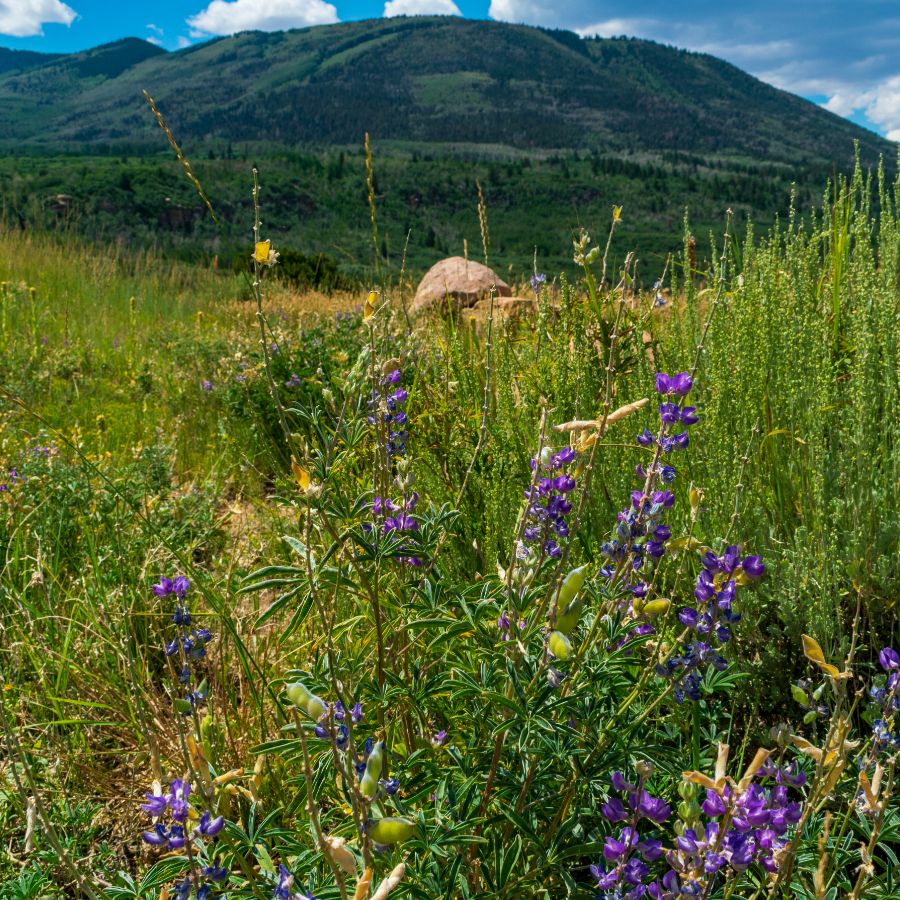
The mountains dominate the landscape at Manti-La Sal National Forest in central and southeastern Utah. This forest isn’t as busy as other Utah parks. It has many different heights and tree types that create good truffle growing spots.
Try hunting in the La Sal Mountains near Moab. Focus on areas with both conifers and aspens growing together. The eastern parts near Colorado get more rain, which helps truffles grow better.
Look for ground that feels springy when you walk on it. This often means fungi are growing underneath. The Buckeye Reservoir area has been good to truffle hunters in the past. Remember to fix any soil you disturb during your search.
Fishlake National Forest
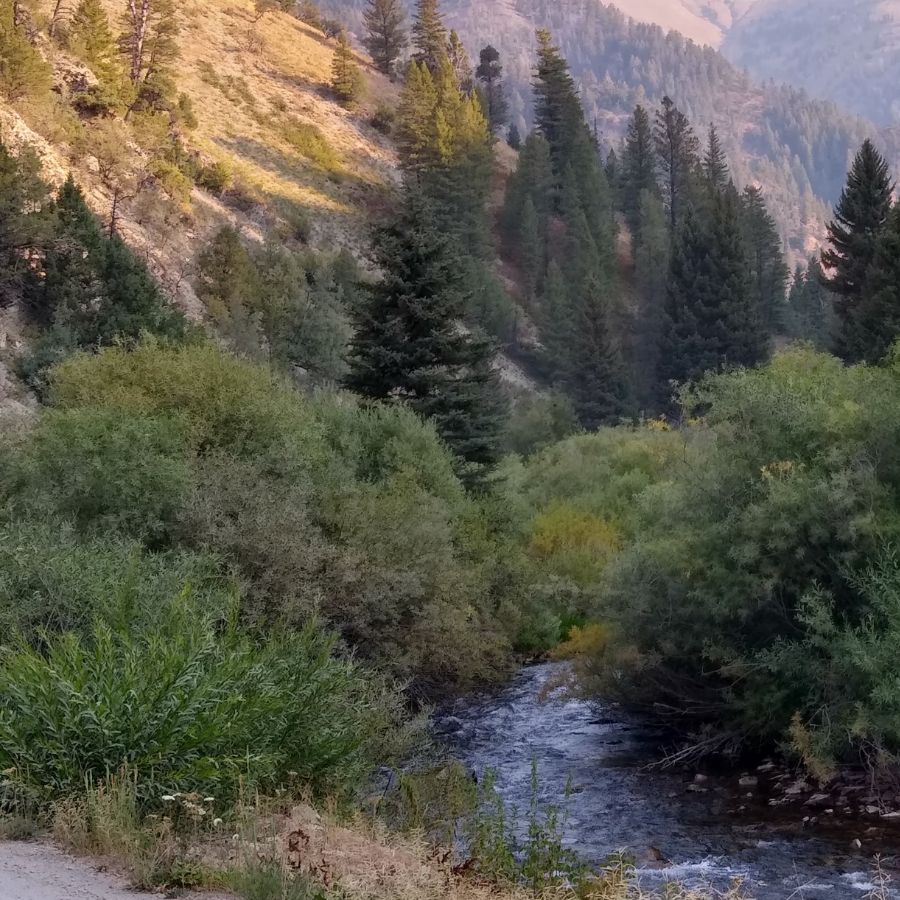
Fishlake National Forest sits in the middle of Utah. It’s named after Fish Lake, one of Utah’s biggest natural mountain lakes. The forest is famous for Pando, a giant aspen grove that’s actually one huge connected organism.
The areas around Thousand Lake Mountain are great for finding truffles. Watch for small bumps or raised spots in the soil. These might show where truffles are growing underneath.
Johnson Valley and the Seven Mile areas have surprised many truffle hunters. The forest’s volcanic soil history makes it rich in minerals that truffles love. Look where different forest types meet, as these spots often have unique truffle species.
Dixie National Forest
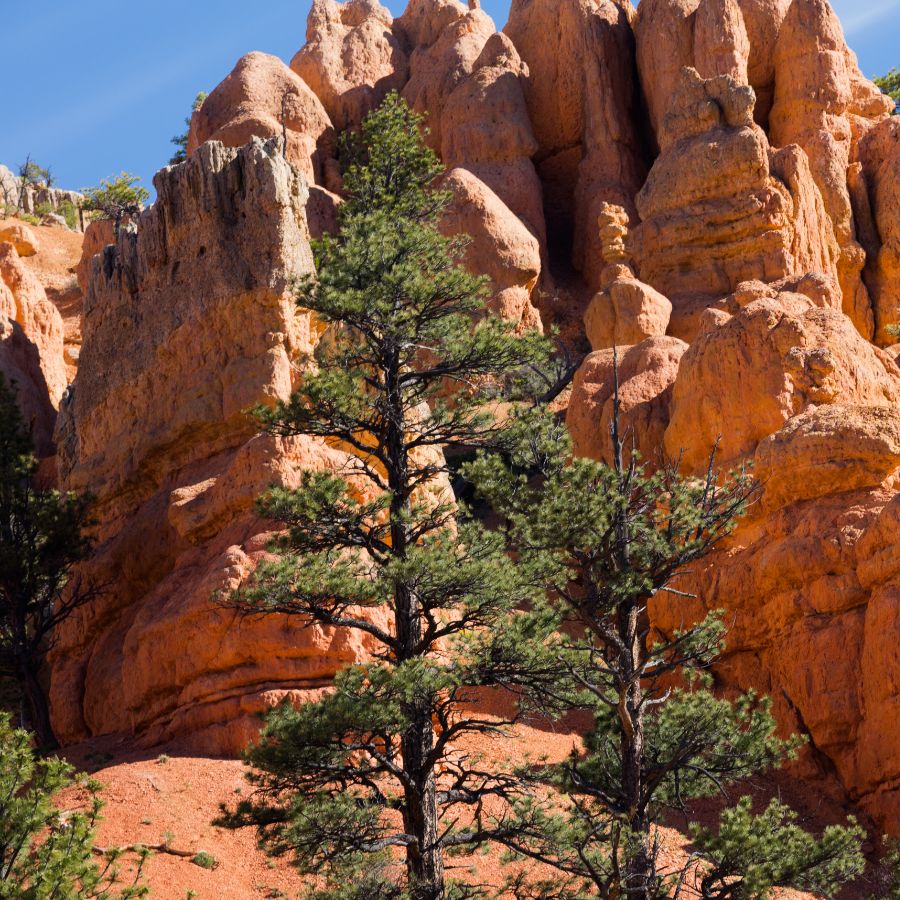
Dixie National Forest stretches across southern Utah for about 170 miles. It’s the largest national forest in the state with nearly 2 million acres. The forest has many different landscapes, from deserts to high mountain forests.
Cedar Mountain has mature ponderosa pine forests where truffles often grow. Look around the base of old trees where people haven’t disturbed the soil. The western parts of the forest get more rain, making them better for truffle hunting.
Search after it rains when the ground is damp but not soaked. Boulder Mountain’s higher spots have produced good truffles for careful searchers. The forest’s eastern sections have fewer visitors, giving you a better chance to find truffles without competition.
Other Great Locations For Truffles
Northern Utah
| Location | Collection Guidelines |
|---|---|
| Bear River Mountains | Truffle foraging is allowed on Forest Service land in small amounts for personal use. |
| Cache National Forest | Collecting truffles for personal, non-commercial use is permitted in most wooded areas. |
| Logan Canyon | The forest floor near mature trees allows casual mushroom and truffle gathering. |
| Monte Cristo Range | Small-scale foraging for wild fungi is allowed on public lands here. |
| Wellsville Mountains | Personal-use collection is permitted in shaded areas under hardwood trees. |
Wasatch Front
| Location | Collection Guidelines |
|---|---|
| Big Cottonwood Canyon | Non-commercial collection of truffles is permitted in forested areas. |
| Hobble Creek Canyon | Forest Service land permits personal harvesting in leaf-littered soils. |
| Little Cottonwood Canyon | Individuals can collect limited truffle amounts near moist tree roots. |
| Mount Olympus Wilderness | Truffle collecting is allowed with minimal disturbance to the ground. |
| North Fork Provo River | Public land here allows truffle foraging in forested and riparian zones. |
| Skyline Drive (northern section) | Casual personal harvest is allowed along forest trails and ridgelines. |
Wasatch Back
| Location | Collection Guidelines |
|---|---|
| Heber Valley foothills | Truffle collection is allowed in shaded, damp soils on public forest lands. |
| Kamas Ranger District | Foraging is allowed for personal use along streams and forested slopes. |
| Mirror Lake Scenic Byway | Casual truffle gathering is permitted in mixed-conifer areas. |
| Provo Canyon | Personal-use collecting is allowed where soils remain moist under trees. |
| Uinta Mountains (south slope) | Truffles may be collected on public land, especially near older pines. |
Central Utah
| Location | Collection Guidelines |
|---|---|
| Fishlake National Forest | Truffle hunting is allowed in broadleaf-dominated zones. |
| Fremont River rim trails | Forest lands here support truffle growth and permit small-scale foraging. |
| Gunnison Plateau | Public land allows truffle collection under oak and maple clusters. |
| Manti-La Sal NF (north section) | Gathering of wild truffles is allowed on forest trails and flats. |
| Pahvant Range | Casual truffle collection is permitted in forested valleys. |
| San Pitch Mountains | Personal-use foraging is allowed near mature tree groves. |
Southern/Central Utah
| Location | Collection Guidelines |
|---|---|
| Fish Spring Flat | BLM public lands allow truffle collection in wooded riparian zones. |
| Henry Mountains foothills | Truffle gathering is permitted on undisturbed forest floors. |
| Mount Nebo Wilderness border | Forest areas allow truffle collection in non-sensitive zones. |
| Sevier Plateau | Casual harvesting of truffles is permitted on public forest slopes. |
Southern Utah
| Location | Collection Guidelines |
|---|---|
| Boulder Mountain | Known truffle zone with allowed casual foraging near older spruce. |
| Cedar City Ranger District | Forest Service permits non-commercial truffle collection in cool, damp zones. |
| Dixie National Forest | Collect small quantities of truffles along shaded paths and valleys. |
| Escalante Canyons (GSENM) | BLM land allows foraging in leaf-covered slopes and canyon floors. |
| Kaiparowits Plateau | Scattered truffles can be harvested near mature oak thickets. |
| Pine Valley Mountains | Forest floors permit light truffle harvesting under pine/oak mix. |
| Red Cliffs NCA fringe | Personal-use truffle collection is allowed on the outer BLM areas. |
| St. George uplands (north) | Truffles may be gathered in damp, shaded soils under native trees. |
Eastern Utah
| Location | Collection Guidelines |
|---|---|
| Ashley National Forest (southwest edge) | Forest land allows casual-use truffle foraging in wetter microclimates. |
| Book Cliffs foothills | Limited foraging is allowed on BLM lands beneath cottonwoods and scrub oak. |
| Green River rim forests | Small personal collections are permitted where trees are dense and old. |
| San Juan County BLM zones | Personal-use gathering allowed in wooded washes and canyons. |
| Uinta Basin (south end) | Areas with older juniper and pinyon allow casual truffle collection. |
Moab Region
| Location | Collection Guidelines |
|---|---|
| Abajo Mountains | FS land allows foraging in forested canyons and drainages. |
| Arches NP boundary BLM lands | Gathering truffles is permitted outside the national park boundaries. |
| La Sal Mountains | Truffles may be collected along shaded trails on Forest Service lands. |
| Moab BLM hillsides | Foraging is permitted in pine-covered public lands east of town. |
When The Best Time Of The Year Is To Find Truffles
Truffle hunting in Utah works best during the fall and early winter months. September through December offers ideal conditions when the soil has the right moisture after summer’s end.
Spring can also be productive, especially April and May, after the snow melts.
Different truffle species appear at different times. Black truffles typically emerge in late fall, while spring truffles show up from March to May.
The key is searching after rainfall when the ground is damp but not soggy. Avoid hunting during summer drought when the soil is too dry or mid-winter when it’s frozen solid.
One Final Disclaimer
The information provided in this article is for general informational and educational purposes only. Foraging for wild plants and mushrooms involves inherent risks. Some wild plants and mushrooms are toxic and can be easily mistaken for edible varieties.
Before ingesting anything, it should be identified with 100% certainty as edible by someone qualified and experienced in mushroom and plant identification, such as a professional mycologist or an expert forager. Misidentification can lead to serious illness or death.
All mushrooms and plants have the potential to cause severe adverse reactions in certain individuals, even death. If you are consuming foraged items, it is crucial to cook them thoroughly and properly and only eat a small portion to test for personal tolerance. Some people may have allergies or sensitivities to specific mushrooms and plants, even if they are considered safe for others.
Foraged items should always be fully cooked with proper instructions to ensure they are safe to eat. Many wild mushrooms and plants contain toxins and compounds that can be harmful if ingested.

